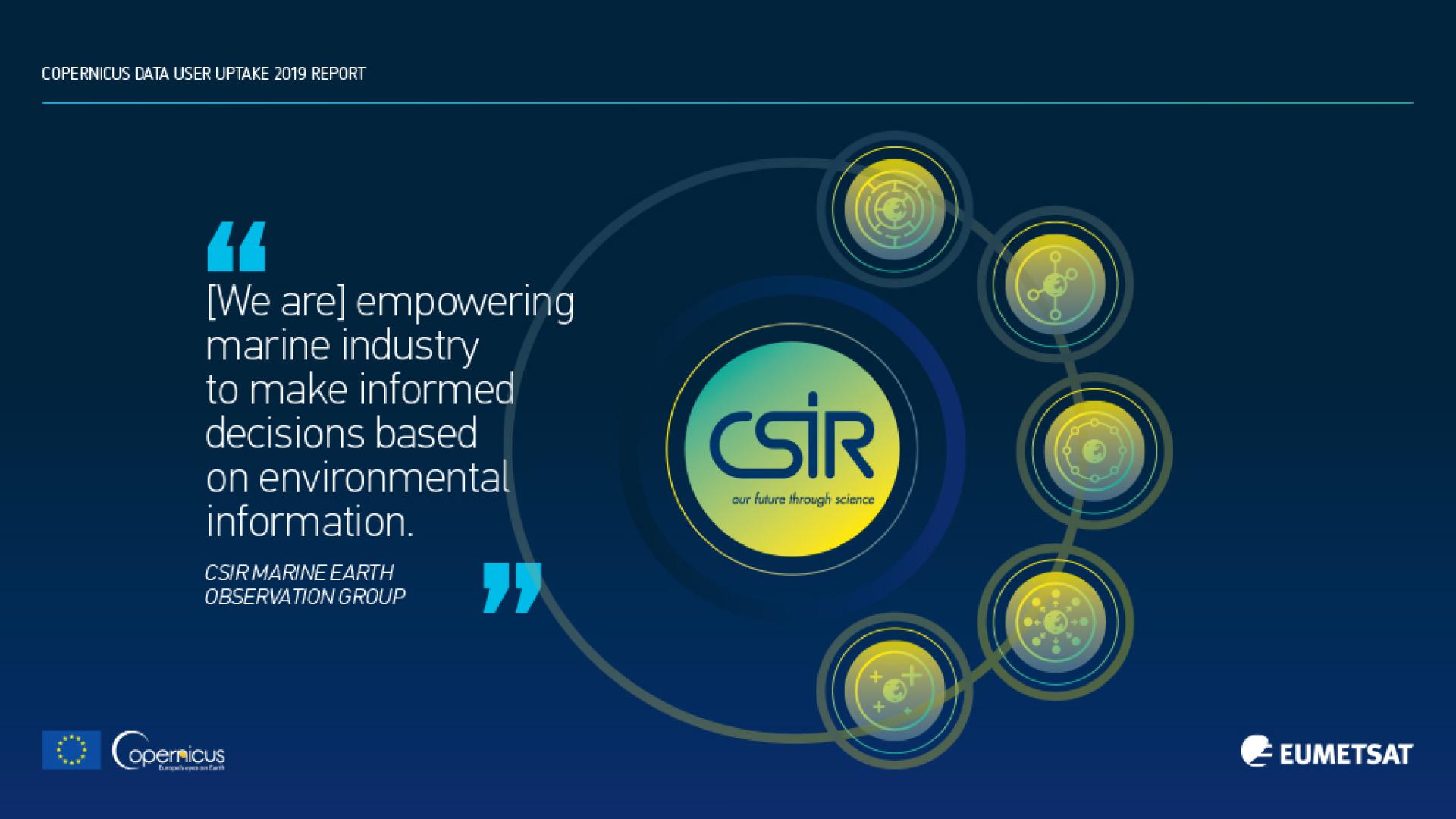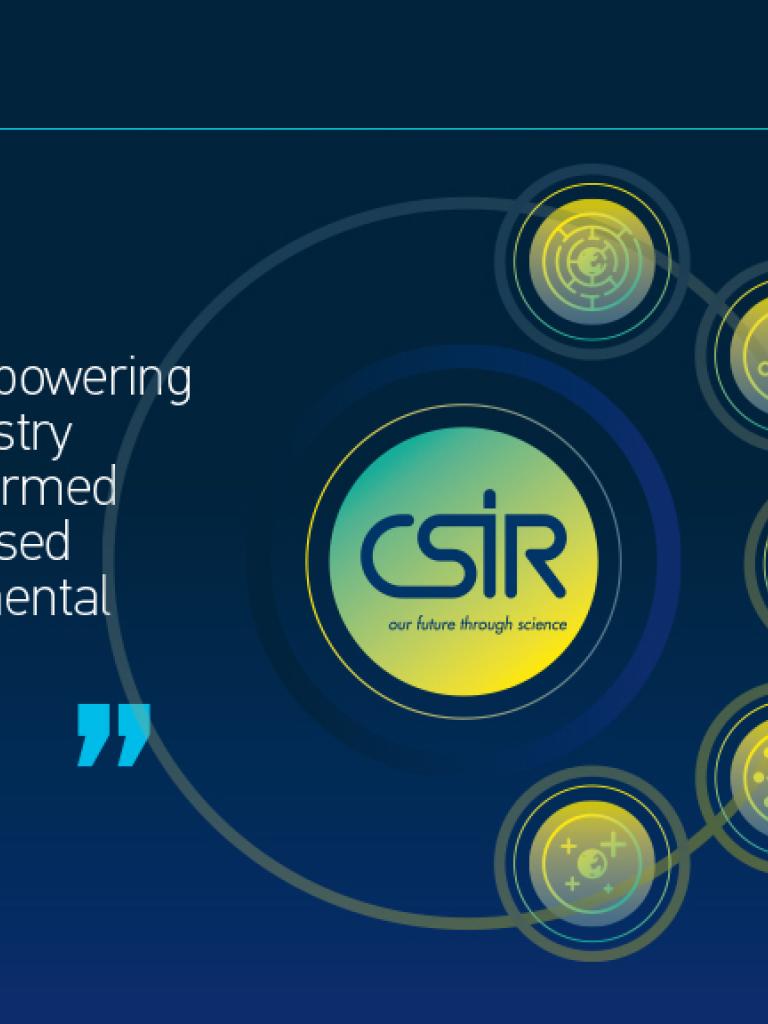
Copernicus Data User Uptake 2019 Report published


Thousands of people – business owners, researchers, educators and private individuals – are diving in to the ever-growing ocean of satellite data and products made available by EUMETSAT, a new report has shown.
02 December 2021
14 July 2020
The “Copernicus Data User Uptake 2019 Report ”, shows how EUMETSAT’s involvement in the EU’s Copernicus environment monitoring programme is bringing more information about our planet – and oceans in particular – to more people.
The data are being used for an impressive array of applications, from providing fisheries with information needed to manage water quality issues, to helping maritime industries reduce fuel consumption, from climate research to coastal planning.

“The 2019 report quantifies the excellent uptake of Copernicus data produced by EUMETSAT by an increasing user community in Europe and elsewhere,” EUMETSAT Copernicus Programme Manager Lieven Bydekerke said.
More than 1,500 terabytes of EUMETSAT Copernicus data were downloaded worldwide during 2019, the report shows.

EUMETSAT and Copernicus
EUMETSAT is entrusted by the European Commission to operate satellite missions, deliver data and provide support services to the Copernicus programme.
The organisation operates the Sentinel-3 mission and will soon operate the Sentinel-4, -5, and -6 missions . The Jason-3 high-precision ocean altimetry mission is operated in cooperation with the French Space Agency (CNES), NOAA and NASA . EUMETSAT provides data from this mission to the Copernicus programme.
In addition, EUMETSAT provides data from its own missions, and from third-party missions, to Copernicus users and Copernicus services, such as the Copernicus Marine Environment Monitoring Service , the Copernicus Atmosphere Monitoring Service and the Copernicus Climate Change Service .
The 2019 report covers the first year when Sentinel-3A and -3B were flying in a full, dual-satellite operational constellation, with EUMETSAT providing ocean data products from the sensors on board. In coming years, the Sentinel-3 data product range will expand with a variety of new products related to atmospheric composition.
How data is made available
Users can access EUMETSAT’s Copernicus data online , through the organisation’s EUMETCast system and through WEkEO , an EC-funded, cloud-based platform designed to provide easy access to Copernicus data and processing tools. The WEkEO Data and Information Access Service is a joint initiative of EUMETSAT, Mercator-Ocean International and the European Centre for Medium-Range Weather Forecasts (ECMWF).
Thousands of individuals throughout Europe have become familiar with the Copernicus data and its uses through more interactive means. A roadshow, training, hackathons and exhibitions were held in 2019 to enable people the opportunity to learn more about the data and products on offer and see the possibilities for their use.
The result? The Eyes on Earth Roadshow held at EUMETSAT headquarters in Darmstadt alone resulted in more than 50 breakthrough ideas and hundreds of users from a range of organisations have been trained to use the data for their own applications.
EUMETSAT Marine Applications Expert Dr Hayley Evers-King said this approach is proving useful to a diverse range of data users.
“Start-ups, small and medium-sized enterprises, researchers and government organisations are able to capitalise on the Copernicus data and use them in ways that are having a real impact,” Evers-King said.
One example outlined in the report involves a start-up company which accesses the data online and through WEkEO to address issues facing maritime industries including improving safety at sea, identification of sustainable fishing grounds and an artificial intelligence based marine litter aggregation forecast service.